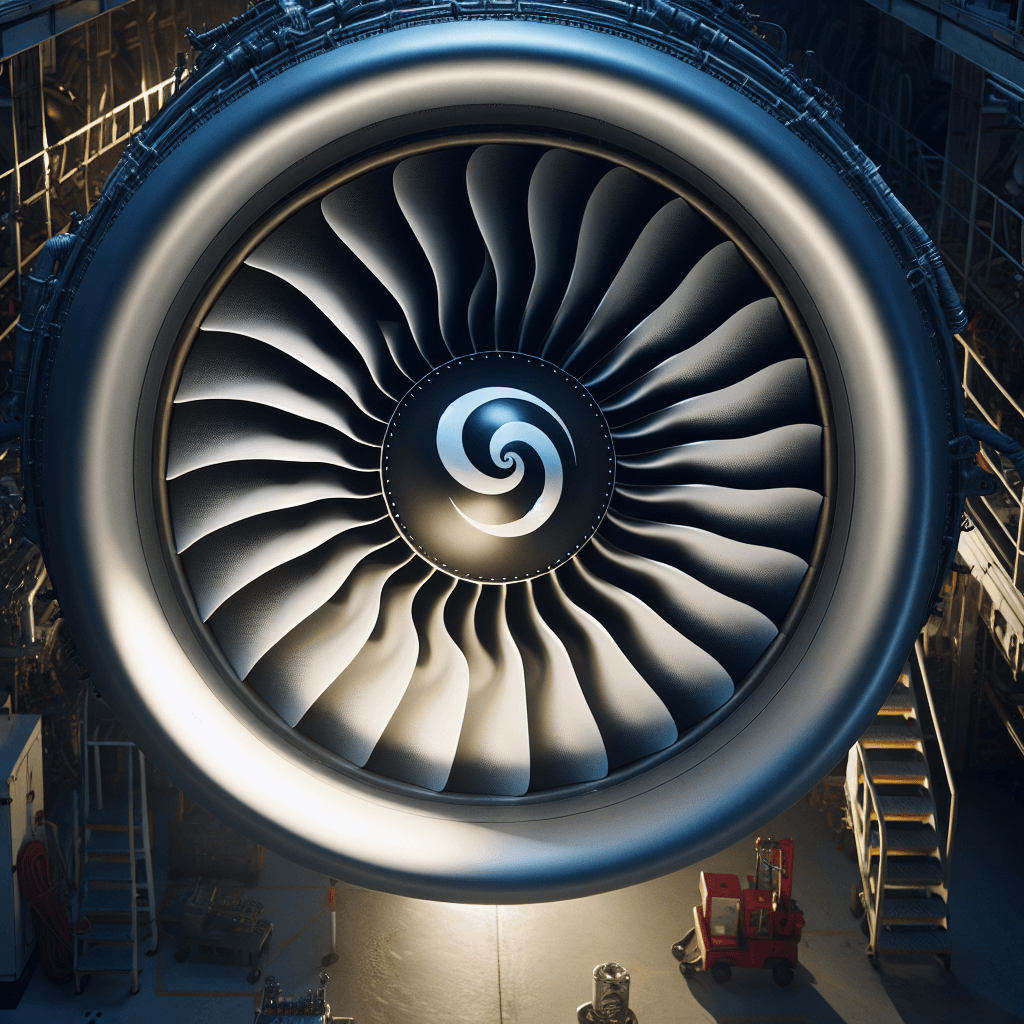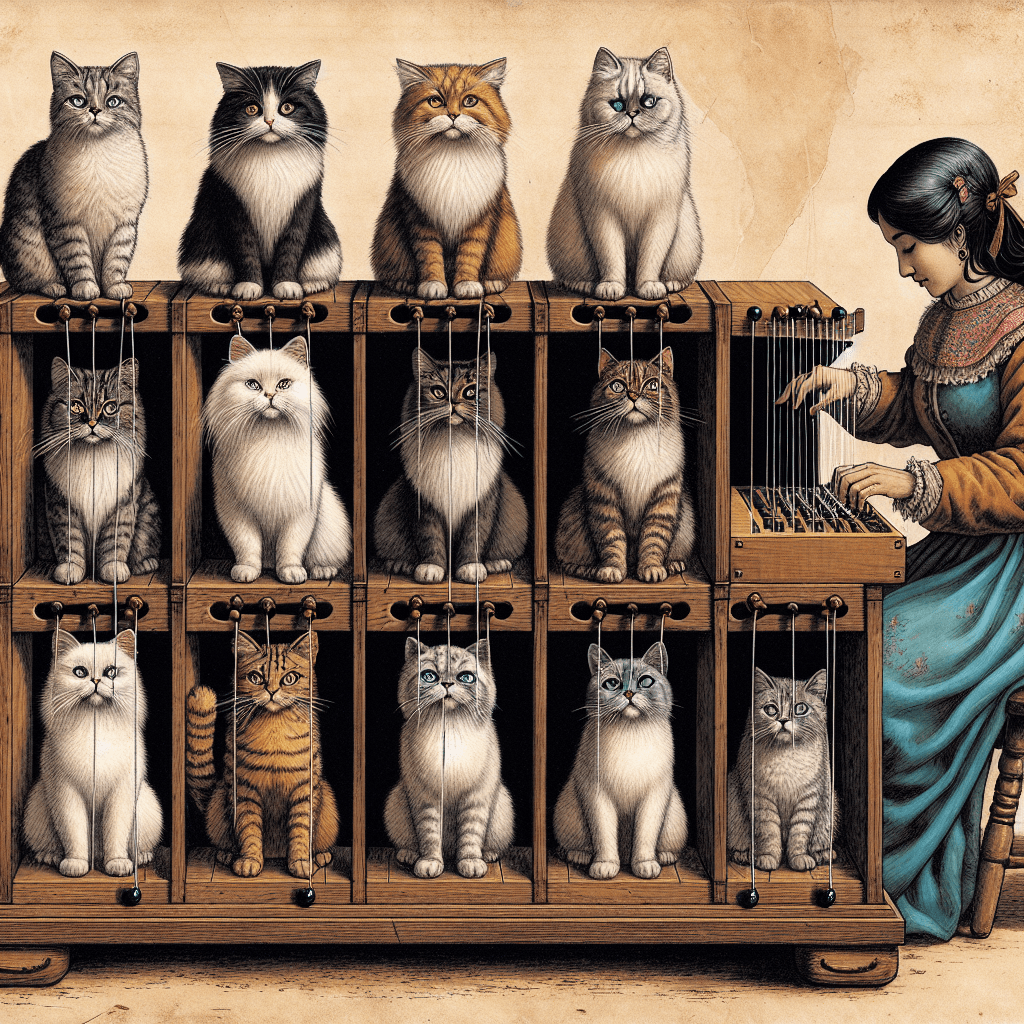Why do many jet engines have a white spiral painted on their center cone
That mesmerizing spiral on a jet engine isn't just a quirky design—it's a simple but brilliant visual trick that serves as a life-or-death warning to ground crews.


Too Long; Didn't Read
The white spiral on a jet engine is a safety feature for ground crew, letting them see at a glance if the engine is spinning and dangerous to approach.
The Hypnotic Swirl: Why Do Many Jet Engines Have a White Spiral Painted on Their Center Cone?
Ever found yourself at an airport, staring out at the tarmac, and noticed the intricate white spiral painted on the very center of a jet engine? It's a surprisingly common detail, yet one that often goes overlooked. This marking isn't just an aesthetic choice by the airline; it’s a simple, elegant solution to a serious safety challenge. While it might look like a piece of modern art, this "spinner swirl" plays a crucial role in protecting the lives of the ground crew who work tirelessly around these powerful machines. This post will demystify the purpose of this spiral, explore its primary function, and debunk a few popular myths along the way.
The Number One Reason: A Clear Warning for Ground Crew
The primary and most critical reason for the engine spiral is safety—specifically for the ground crew. A modern high-bypass turbofan engine is incredibly powerful and, when operating, creates a significant hazard zone around its intake. The suction force is strong enough to pull in a person, luggage, or equipment, with devastating consequences.
The danger is that a running engine, especially at idle or when it's just starting to spool up or wind down, can be deceptively quiet from certain angles on a noisy airfield. Furthermore, the fan blades can spin so fast that they become a transparent blur, making it visually impossible to tell if the engine is running or completely stationary. This is where the spiral comes in.
When the engine is off, the spiral is a clear, static pattern. But the moment the fan begins to rotate, even slowly, that static pattern transforms into a visible blur or a flickering animation. This provides an immediate and unambiguous visual cue to anyone nearby: this engine is not safe to approach. It tells ground personnel at a glance whether the engine is spinning, a condition known as "windmilling" (rotating due to wind) or in the process of shutting down.
What About Birds? Debunking a Popular Myth
A common and persistent theory is that the spirals are designed to scare birds away, preventing bird strikes. The idea suggests that the swirling motion either hypnotizes birds or mimics the eyes of a large predator, frightening them away from the engine intake. While it's an interesting concept, there is very little scientific evidence to support it as a primary function.
Aviation authorities and researchers have conducted studies on this topic and have generally found no conclusive proof that these markings significantly deter birds. Bird strike mitigation is a far more complex field involving airport habitat management, radar systems to track flocks, and engine designs that are robust enough to withstand bird ingestion. While the spiral might have a coincidental, minor effect on some birds, its certified and intended purpose remains firmly rooted in ground crew safety.
Secondary Functions and Design Variations
While ground safety is the main event, the spinner marking serves a few other minor roles. Maintenance crews can use it as a visual indicator to confirm that the engine has fully spooled down before they begin their work.
It's also worth noting that not all engines feature the same design. The classic spiral is just one of many patterns used. Depending on the engine manufacturer (like General Electric, Rolls-Royce, or Pratt & Whitney) or the airline's preference, you might see:
- A simple white dot
- A set of curved or straight lines
- A "wiggly" or comma-shaped swirl
Regardless of the specific shape, the principle is the same: to turn an invisible hazard into a visible one.
Conclusion
So, the next time you're waiting for your flight and you spot that white marking on an engine cone, you'll know it's much more than a decorative flourish. That simple spiral is a critical safety feature, a silent communicator in the loud and complex environment of an airport tarmac. It serves as a constant, clear warning that ensures the safety of the ground personnel who work in close proximity to some of the most powerful machines ever built. It’s a perfect example of how in aviation, even the smallest details are driven by an unwavering commitment to safety.
More Articles

Why is the Statue of Liberty green instead of copper-colored?
She didn't always have that famous green glow; discover the 30-year chemical reaction that transformed Lady Liberty from a shiny copper statue into the iconic symbol we know today.

Why were cats once arranged in a box to be played as a musical instrument?
It sounds like a macabre myth, but for a brief, bizarre period in history, the world's cruelest instrument was designed to jolt a monarch from melancholy using a symphony of feline shrieks.

Why do some animals deliberately eat clay or dirt?
From parrots to primates, eating dirt isn't a strange mistake but a calculated survival strategy with surprising medicinal benefits that can neutralize deadly poisons.